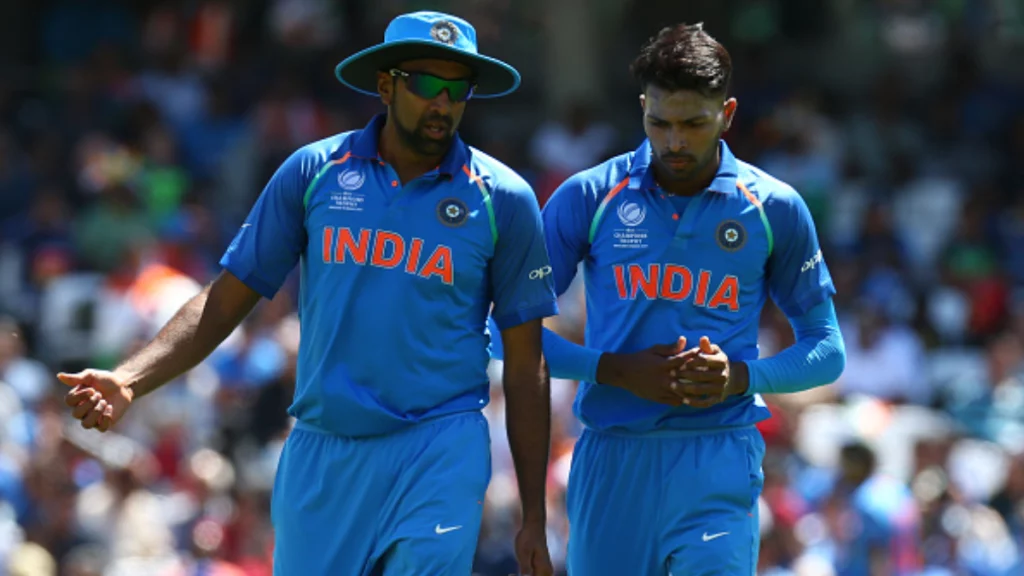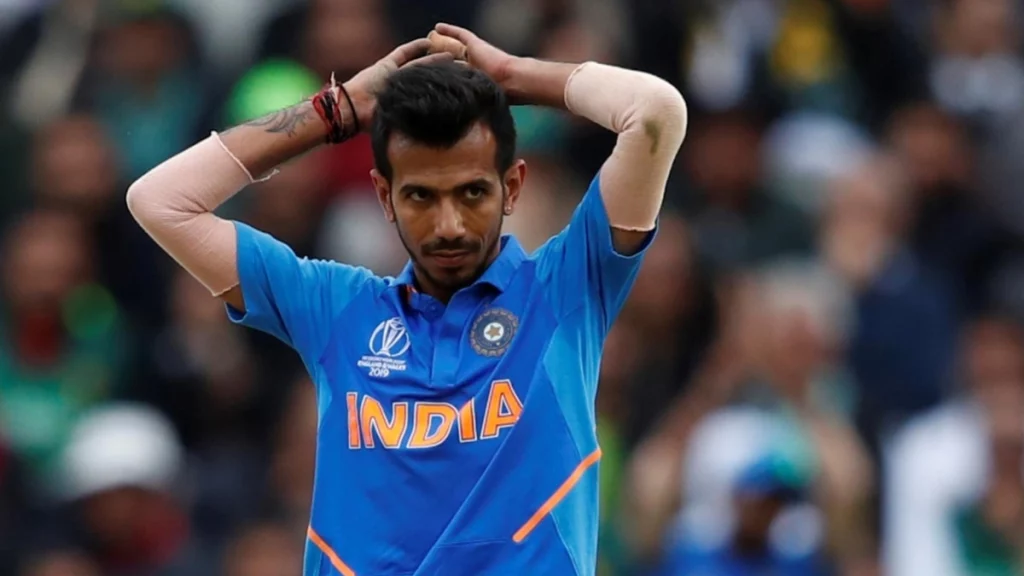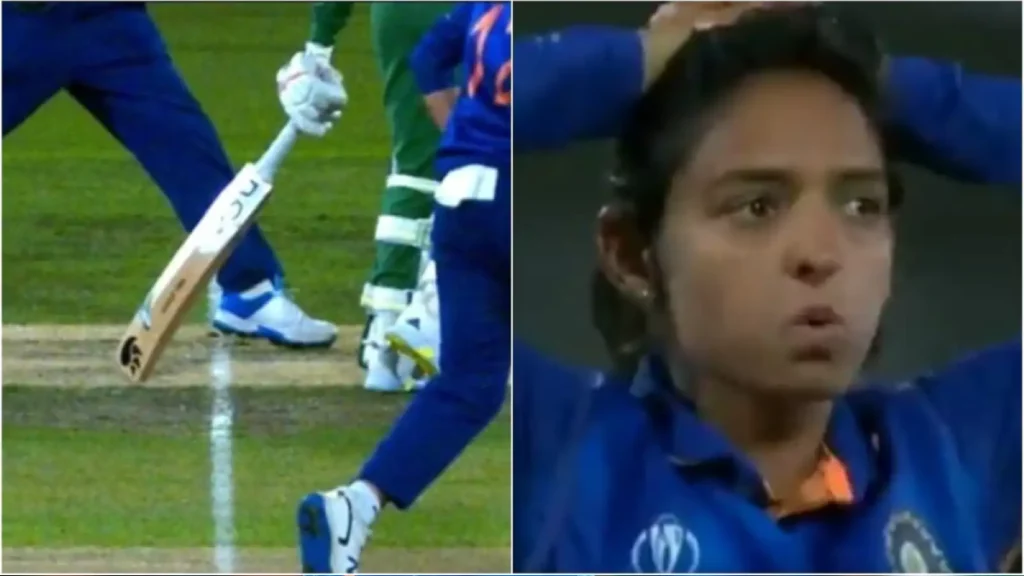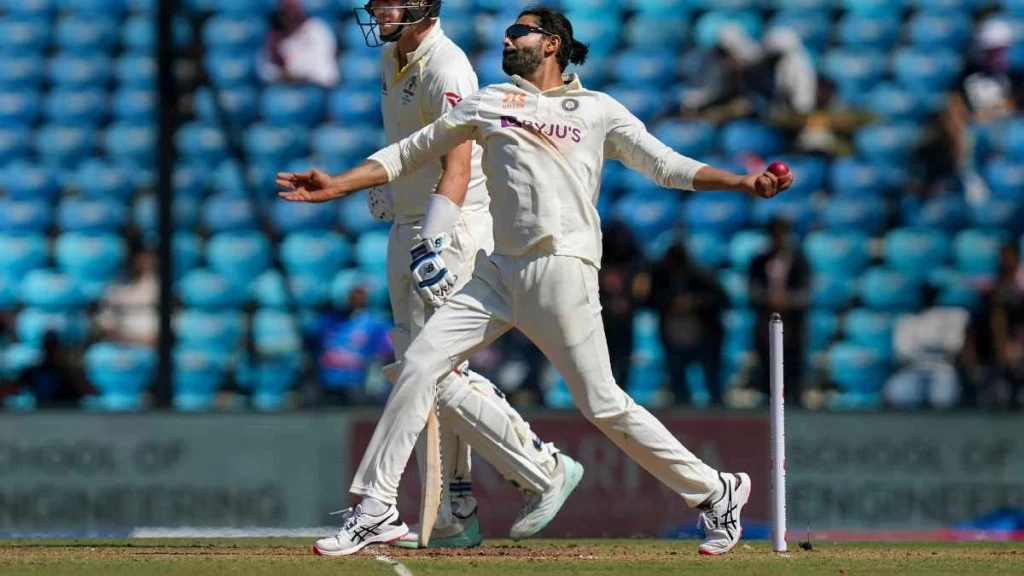No-ball might seem minor to some, but it can have significant implications in cricket matches. Indian fans have witnessed the consequences of a spinner’s no-ball, especially in the Border-Gavaskar Trophy. In the India vs Australia third test, Ravindra Jadeja’s no-ball allowed Marnus Labuschagne to make a crucial contribution. This article looks back at three other instances where an Indian spinner’s no-ball proved costly.
1. R Ashwin And Hardik Pandya

In the 2016 T20 World Cup semi-finals, India faced West Indies and posted 192. During their defense, R Ashwin delivered a no-ball in the seventh over, which let Lendl Simmons off the hook after he was caught at short third-man. Simmons was later dismissed off a no-ball from Hardik Pandya, but he scored an unbeaten 82 off 51, leading West Indies to victory in the match and, eventually, to the title.
2. Yuzvendra Chahal vs South Africa

Yuzvendra Chahal’s no-ball cost India the fourth ODI against South Africa in 2018. India, leading the series 3-0, needed just one more win to clinch the series. After scoring 289, India got early wickets, but David Miller and Heinrich Klassen kept the Proteas in the hunt. Chahal had Miller caught behind when he was on 7, but the leg-spinner had overstepped. Miller scored 39 off 28 and helped his team chase down the target and stay alive in the series.
3. Deepti Sharma

India’s hopes of progressing in the 2022 ICC Women’s World Cup were dashed as they faced the Proteas in a must-win encounter. India set a challenging target of 274 runs while batting first. During the chase, South Africa kept the required rate in check until a flurry of wickets in the death overs. However, a no-ball by Deepti Sharma on the penultimate delivery of the match gave Proteas Women a lifeline. Harmanpreet Kaur caught Mignon Du Preez, but replays showed that the delivery was a no-ball. Eventually, the Proteas Women won the game, and India was knocked out of the tournament.



